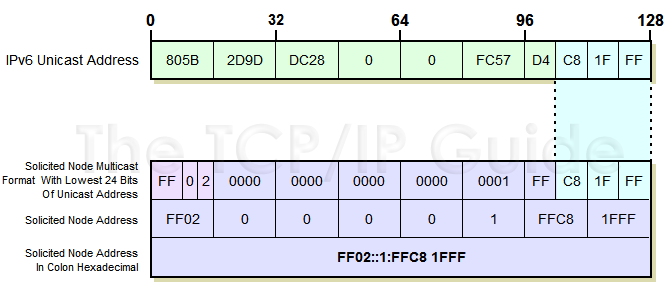 |
|
Please Whitelist This Site?
I know everyone hates ads. But please understand that I am providing premium content for free that takes hundreds of hours of time to research and write. I don't want to go to a pay-only model like some sites, but when more and more people block ads, I end up working for free. And I have a family to support, just like you. :)
If you like The TCP/IP Guide, please consider the download version. It's priced very economically and you can read all of it in a convenient format without ads.
If you want to use this site for free, I'd be grateful if you could add the site to the whitelist for Adblock. To do so, just open the Adblock menu and select "Disable on tcpipguide.com". Or go to the Tools menu and select "Adblock Plus Preferences...". Then click "Add Filter..." at the bottom, and add this string: "@@||tcpipguide.com^$document". Then just click OK.
Thanks for your understanding!
Sincerely, Charles Kozierok
Author and Publisher, The TCP/IP Guide
|
|
|

Custom Search
|
|
IPv6 Multicast and Anycast Addressing
(Page 4 of 5)
Solicited-Node Multicast Addresses
In addition to the regular multicast addresses, each unicast address has a special multicast address called its solicited-node address. This address is created through a special mapping from the device’s unicast address. Solicited-node addresses are used by the IPv6 Neighbor Discovery (ND) protocol to provide more efficient address resolution than the ARP technique used in IPv4.
All solicited-node addresses have their T flag set to zero and a scope ID of 2, so they start with “FF02”. The 112-bit group ID is broken down as follows (see Figure 103):
|
- 80 bits consisting of 79 zeroes followed by a
single one; this means that in colon hexadecimal notation, the next
five hexadecimal values are “0000:0000:0000:0000:0001”, or
more succinctly, “0:0:0:0:1”.
- 8 ones: “FF”.
- 24 bits taken from the bottom 24 bits of its unicast address.
So, these addresses start with “FF02:0:0:0:0:1:FF” followed by the bottom 24 bits of the unicast address. So, the node with IP address 805B:2D9D:DC28:0:0:FC57:D4C8:1FFF would have a solicited-node address of FF02:0:0:0:0:1:FFC8:1FFF (or FF02::1:FFC8:1FFF).
|
|
| |||||||||||||||||||
Home - Table Of Contents - Contact Us
The TCP/IP Guide (http://www.TCPIPGuide.com)
Version 3.0 - Version Date: September 20, 2005
© Copyright 2001-2005 Charles M. Kozierok. All Rights Reserved.
Not responsible for any loss resulting from the use of this site.








 Key Concept: Each unicast address has an equivalent solicited-node multicast address, which is created from the unicast address and used when other devices need to reach it on the local network.
Key Concept: Each unicast address has an equivalent solicited-node multicast address, which is created from the unicast address and used when other devices need to reach it on the local network.